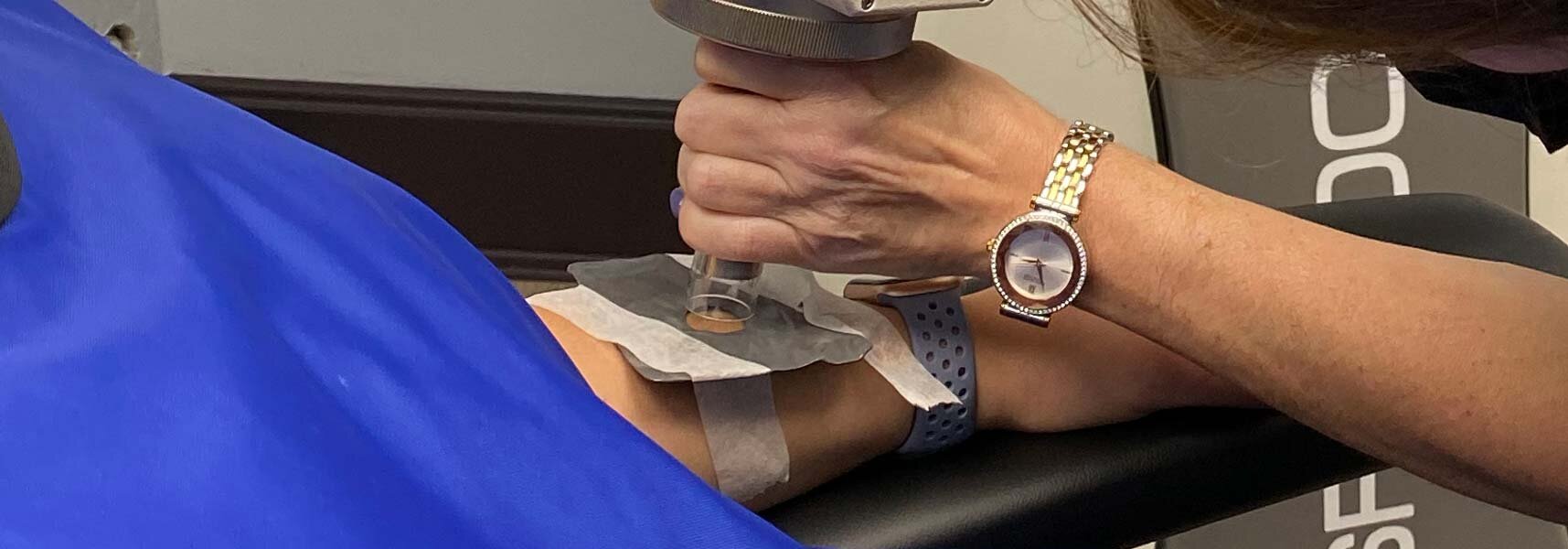
Superficial Radiation Therapy
Superficial Radiation Therapy (SRT) is an alternative modality to treat non-melanoma skin cancer which includes squamous cell carcinoma and basal cell carcinoma. While each patient and each skin cancer are unique, SRT provides an alternative to surgery for the right candidate. It has a relatively high cure rate if done appropriately along with minimal scarring.
When treating skin cancer Dr. Al Dabagh and his team consider the type of tumor, the location of that tumor, the patient’s health status, and his/her goals. Every patient is different, necessitating a customized approach.
Advantages of SRT
In general there are some advantages of superficial radiation therapy which include:
Minimal to no scarring
Usually painless (although sometimes there is discomfort and rarely there may be pain)
Minimal activity restrictions
Avoids surgery and surgical complications such as bleeding and infection
No downtime
Drawbacks of SRT
However there are some drawbacks that one must consider:
Will require multiple visits (12-20)
Not appropriate for all patients
Not appropriate for all skin cancers
Cannot check “margins” like we do in surgery
In some cases, SRT can also be used to treat keloids and thick scars. It is combined with surgery to make sure that the removed scar/keloid does not come back! It is very successful in this setting.
SRT can be a great modality when used in the proper setting and for the right patient. The Fora Dermatology team will be sure to discuss it with you if it is an option. Your insurance may place restrictions or have a prior authorization process before SRT can be used.

